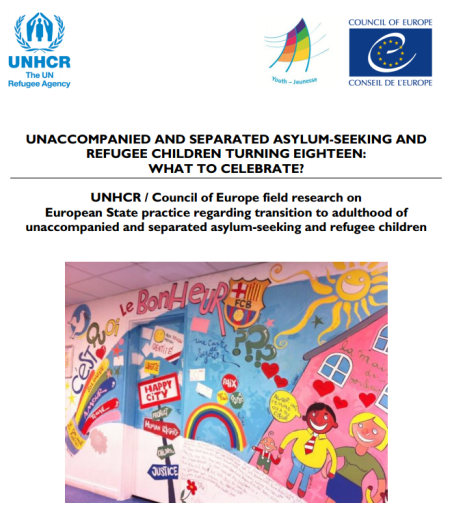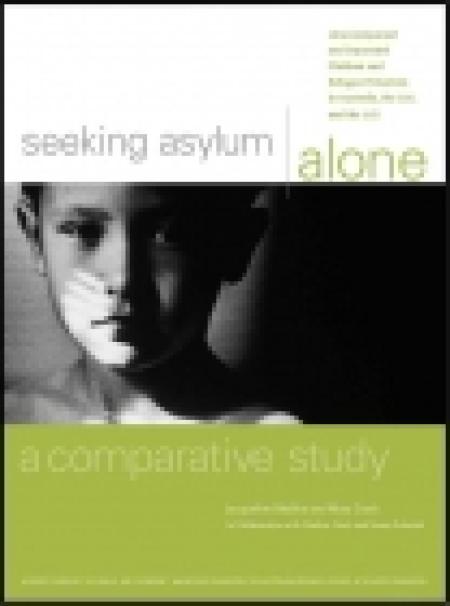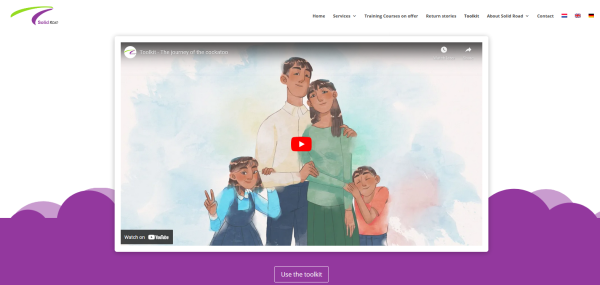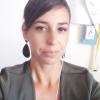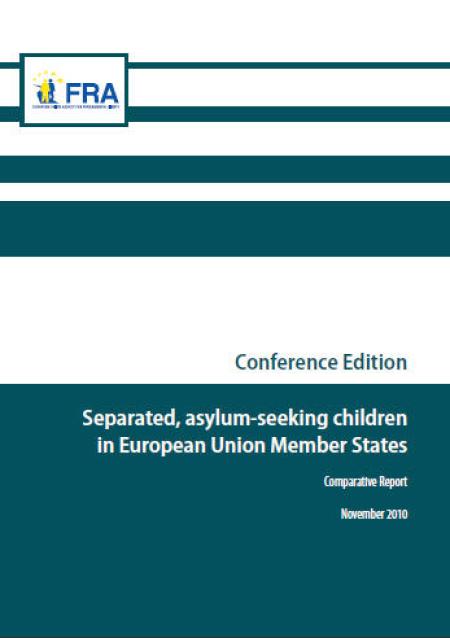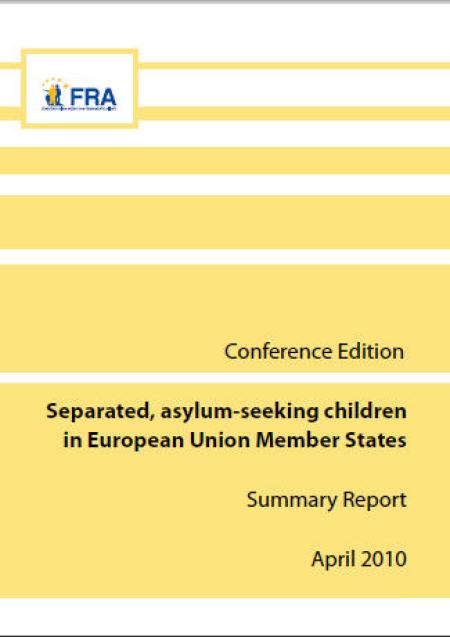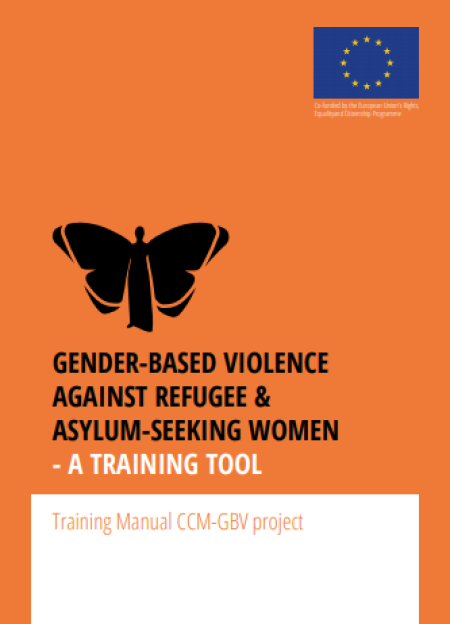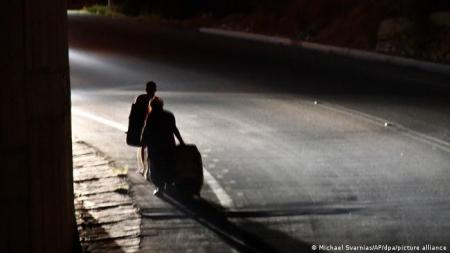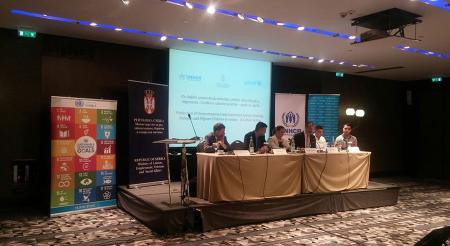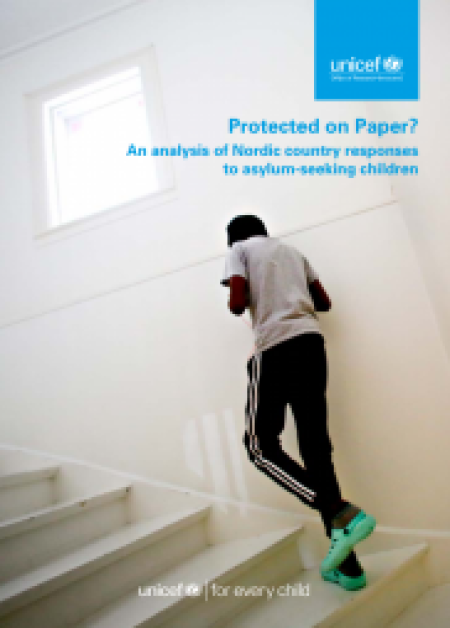
The present study first and foremost aims at collecting data and examples about practices in Council of Europe Member States concerning the situation of unaccompanied and separated asylum seeking children (UASASC) when they reach the age of majority, and more specifically how four of these States (namely Austria, France, Hungary and Sweden) address the challenges faced by this category as a result of this critical change of legal regime. The research focused in particular on the difficulties faced by young unaccompanied and separated asylum seekers in the asylum procedure and the reception system after losing the specific guarantees they enjoyed as Unaccompanied and Separated Children (UASC). However, the field research also gathered some data and testimonies about young unaccompanied and separated refugees and subsidiary protection beneficiaries turning 18. Their situation is therefore also addressed in some respects.
Importantly, while the change of legal regime and the loss of the specific guarantees enjoyed by Unaccompanied and Separated Asylum Seeking and refugee children (UASASRC) happen at a cut-off date, when they reach the age of majority, the studyalso took into account their situation before and after that date. This is critical to appreciate the magnitude of this change and its long lasting and multifaceted implications. In this connection, the study recommends to approach that turning point as a transition phase in order to address its consequences in the most comprehensive and appropriate way. The expression “transition to adulthood” and the related recommendations in the present study should be understood accordingly.
The study should serve as a basis for encouraging the exchange of good practices among concerned stakeholders in order to facilitate this transition phase.


